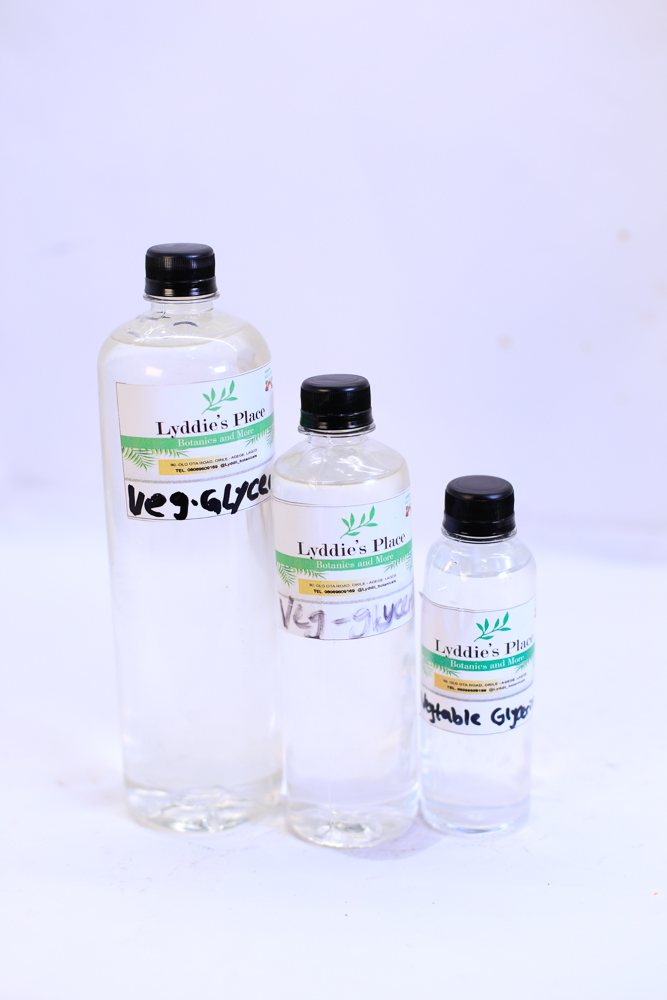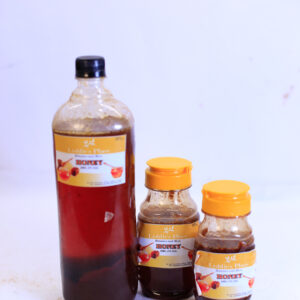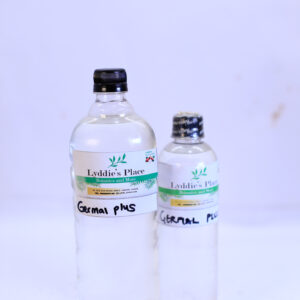Vegetable Glycerine (Glycerol)
Nature’s Hydration Hero for Skin, Hair, and Holistic Formulations
🌿 What is Vegetable Glycerine?
Vegetable glycerine (VG) is a clear, odorless, syrup-like liquid derived from plant oils (e.g., coconut, palm, or soy) through hydrolysis. It’s a natural humectant, meaning it attracts and retains moisture, making it a cornerstone of hydrating skincare, haircare, and eco-friendly formulations.
✨ Key Benefits
- Intense Hydration: Draws water from the air and deeper skin layers to keep skin plump and moisturized.
- Skin Barrier Support: Strengthens the lipid barrier, reducing transepidermal water loss (TEWL).
- Gentle & Non-Irritating: Suitable for all skin types, including sensitive, acne-prone, and eczema-prone skin.
- Versatile Solvent: Helps dissolve and stabilize active ingredients (e.g., extracts, vitamins) in formulations.
- Eco-Friendly: Biodegradable and often sourced from sustainable, plant-based feedstocks.
🧴 Common Uses in Skincare & Haircare
- Moisturizers: Key ingredient in creams, lotions, and serums (5–15%).
- Cleansers: Adds slip and prevents stripping in facial washes or shampoos.
- Haircare: Reduces frizz, adds shine, and conditions dry scalps.
- DIY Recipes: Base for homemade toners, masks, and natural deodorants.
- Preservative Aid: Reduces water activity in formulations (but not a preservative itself!).
⚠️ Safety & Tips
- Non-Comedogenic: Won’t clog pores, but overuse in humid climates can feel sticky.
- Dilution: Always dilute in water-based products (undiluted glycerine can dehydrate skin).
- Preservation: In water-containing formulas, pair with a broad-spectrum preservative.
- Storage: Keep in a cool, dark place; lasts indefinitely if uncontaminated.
🌟 Pro Tips
- For Dry Skin: Layer glycerine under occlusives (e.g., shea butter) to seal in moisture.
- Sticky Fix: Mix with aloe vera or squalane to reduce tackiness.
- Eczema Relief: Blend with colloidal oatmeal and chamomile for a soothing balm.




